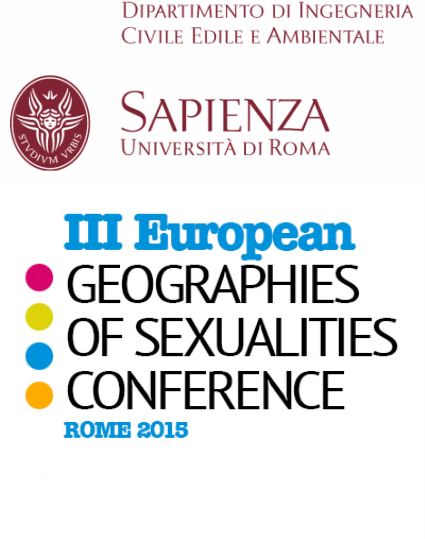"Queering the local state’s biopolitics: The noir of public health contact tracing in Seattle" (key-note lecture by Michael Brown, co-authored with Larry Knopp)
Answering calls from Duggan to “queer the state” and from Painter to trace “the prosaic geographies of stateness”, this lecture considers the quotidian relations in post-War/Pre-AIDS Seattle, Washington between its public health department and its homosexual community. Homosexuals were governmentalized as one problem for Public Health due to the incidence of “venereal disease” in that population. While the department opened its clinic doors to homosexuals for screening and treatment, its proactive mandate to find and prevent disease impelled it towards more active, and prosaic, role in contact tracing and disease investigation. This is theorized as a biopolitics of population that, while common in postwar U.S. cities generally, has received little attention in the historical geographies of sexuality. Drawing on interviews with health workers and community members this lecture reveals the often hidden, paradoxical, and rather queer ways the state navigated the dark, unfamiliar, and closeted spaces of Seattle’s gay community; as well as the way homosexuals participated in and resisted these governmental moves.
Answering calls from Duggan to “queer the state” and from Painter to trace “the prosaic geographies of stateness”, this lecture considers the quotidian relations in post-War/Pre-AIDS Seattle, Washington between its public health department and its homosexual community. Homosexuals were governmentalized as one problem for Public Health due to the incidence of “venereal disease” in that population. While the department opened its clinic doors to homosexuals for screening and treatment, its proactive mandate to find and prevent disease impelled it towards more active, and prosaic, role in contact tracing and disease investigation. This is theorized as a biopolitics of population that, while common in postwar U.S. cities generally, has received little attention in the historical geographies of sexuality. Drawing on interviews with health workers and community members this lecture reveals the often hidden, paradoxical, and rather queer ways the state navigated the dark, unfamiliar, and closeted spaces of Seattle’s gay community; as well as the way homosexuals participated in and resisted these governmental moves.

